Throwing shade: artists explore the visual language of colour
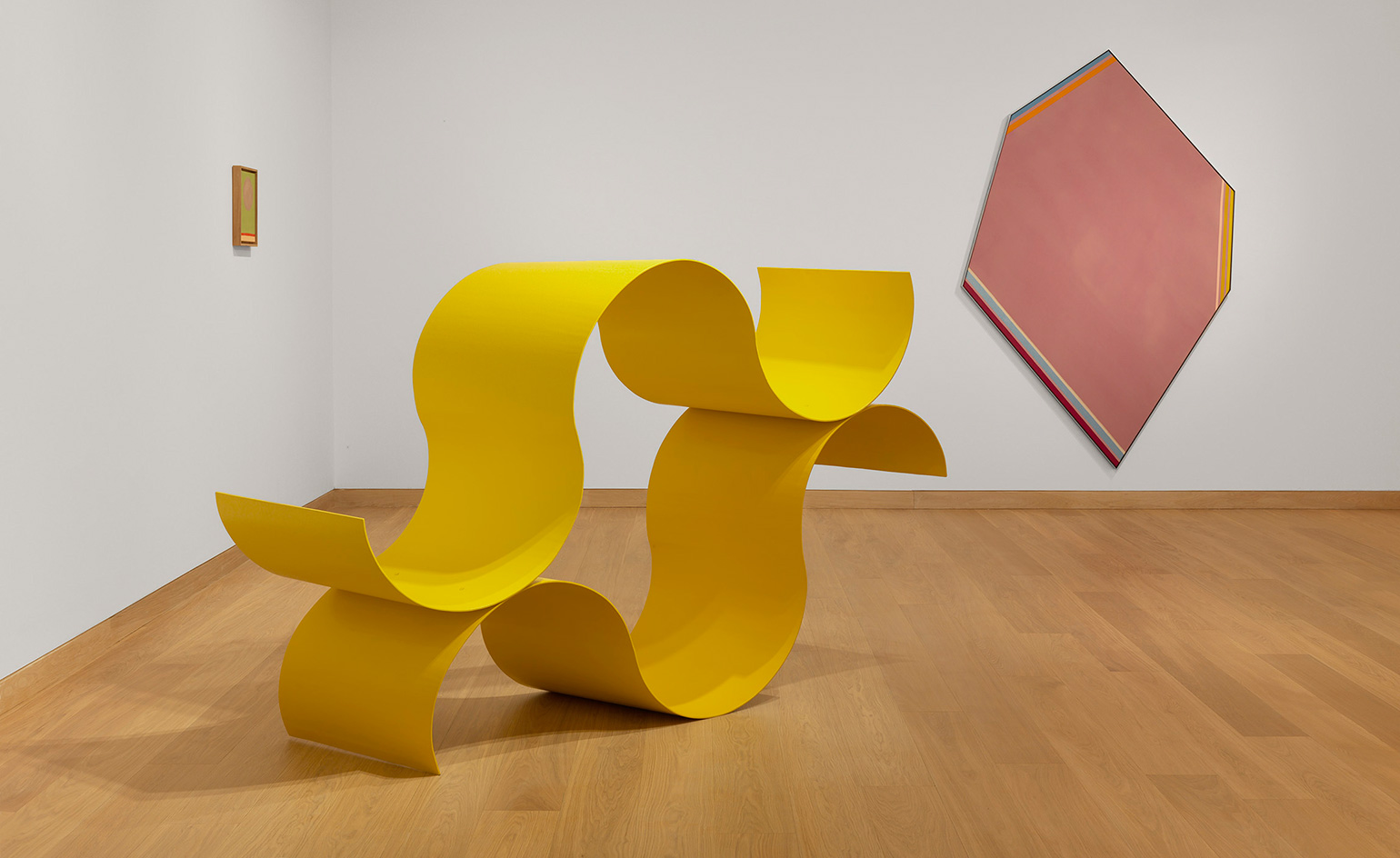
What is colour? The artists of the mid-twentieth century had a few attempts at defining what it could be.
Take David Annesley — one of the artists included in ‘Colour is’, a group exhibition opened this week at Waddington Custot on Cork Street, London. Interested in the possibilities of colour to insinuate movement, his glorious bright yellow steel sculpture, Orinoco (1965) is something of a show-stealer in the galleries. Yellow is know as the strongest colour psychologically — it can plunge you into the pits of despair if it’s the wrong hue — but this yellow is definitely on the optimistic side, confident, joyful and warm.
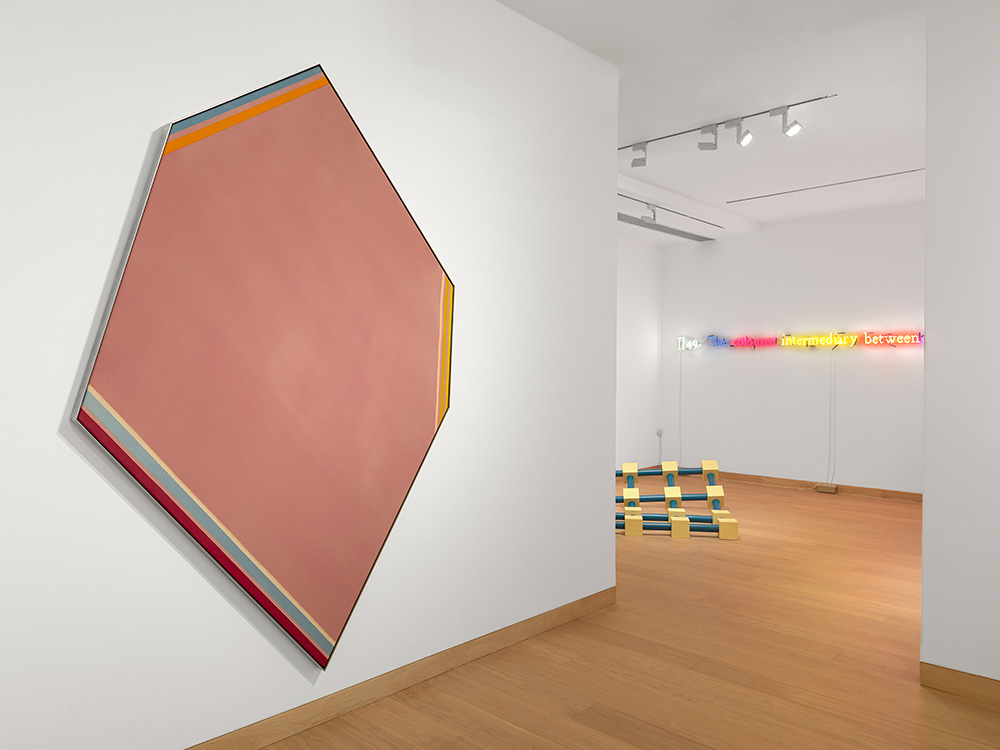
'Acute', by Kenneth Noland, 1977; ‘Karnack’, by William Tucker, 1966; and ‘Il 49 (On Color / Multi #2)’, by Joseph Kosuth, 1991
Sculptors such as Sir Anthony Caro, Paul Feeley and William Tucker also saw colour as way to express energy and direction. Feeley’s delightful Dubbe, (1965) red, blue and cream painted on waves of wood, feels as if it might start dancing. For painters, meanwhile, colour invariably became a cerebral pursuit, a way to understand how painting itself works on the eyes and the mind, but the results are often visceral, rather than puzzles of theory.
The publication of Josef Albers’ influential tome on colour in 1963 – The Interaction of Colour, still doing the rounds today – had a lot to do with the exuberant investigations into colour in the latter half of the 20th century. In Albers’ book, he presents, for example, how the same hue could be perceived entirely differently, depending on which colour is next to it – and considers how the optical effects of ’simultaneous contrast’ could apply in paintings.
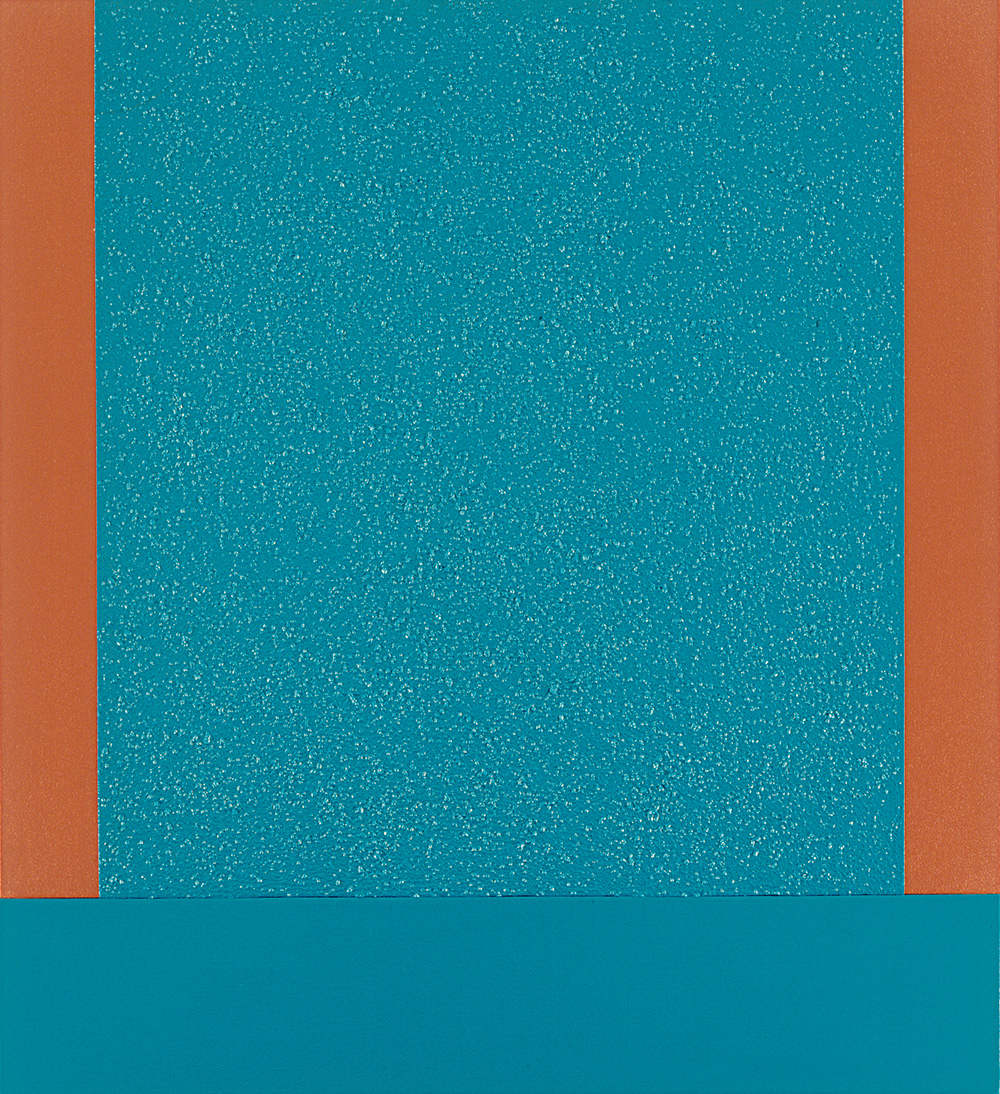
‘Blue Cell’, by Peter Halley, 1999
His interests in contrast and perception are manifest in an early oil painting, on view at Waddington Custot, Study for Homage to the Square: “Persistent”, dated 1954-60. ’As basic rules of a language must be practised continually, and therefore are never fixed,’ Albers wrote, ‘so exercises toward distinct colour effects never are done or over. New and different cases will be discovered time and again.’
The exhibition looks at some of those new cases for understanding the language of colour, in works made as recently as 2017: a colour field painting by 92 year-old painter and poet, Etel Adnan. There is also a pair of rice paper watercolours – Parade I and Parade IX – by Sam Gilliam that prove that colour still has so much to tell us.
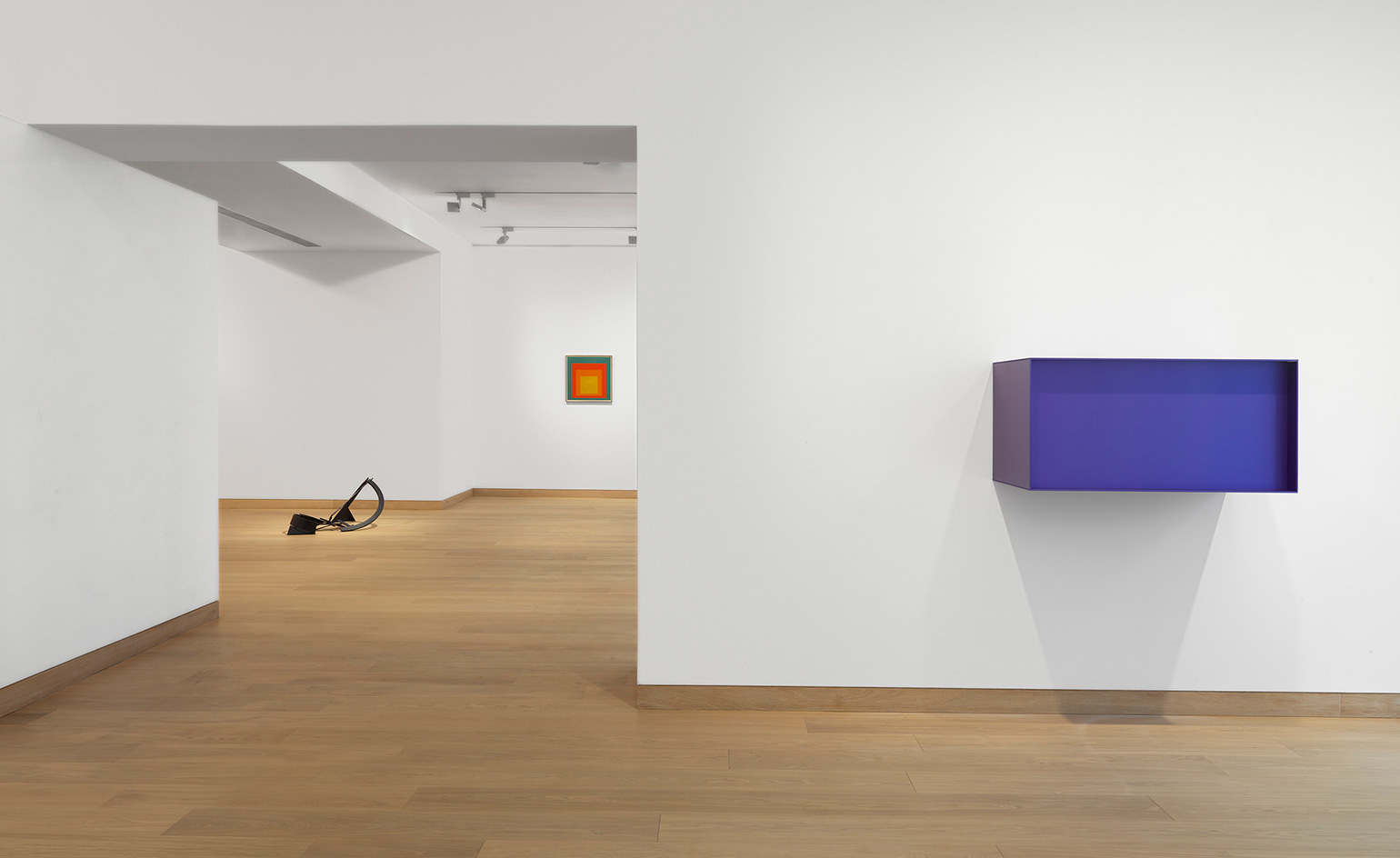
‘Floor Piece Hè’, by Anthony Caro, 1972; ‘Study for Homage to the Square: “Persistent”’, by Josef Albers, 1954–60; and ‘Untitled (DJ 77-18) (meter box)’, by Donald Judd, 1977
As the first signs of spring begin to appear in a London weary of winter, ‘Colour is’ solicits anticipation for a fresh season and its kaleidoscope of shades.
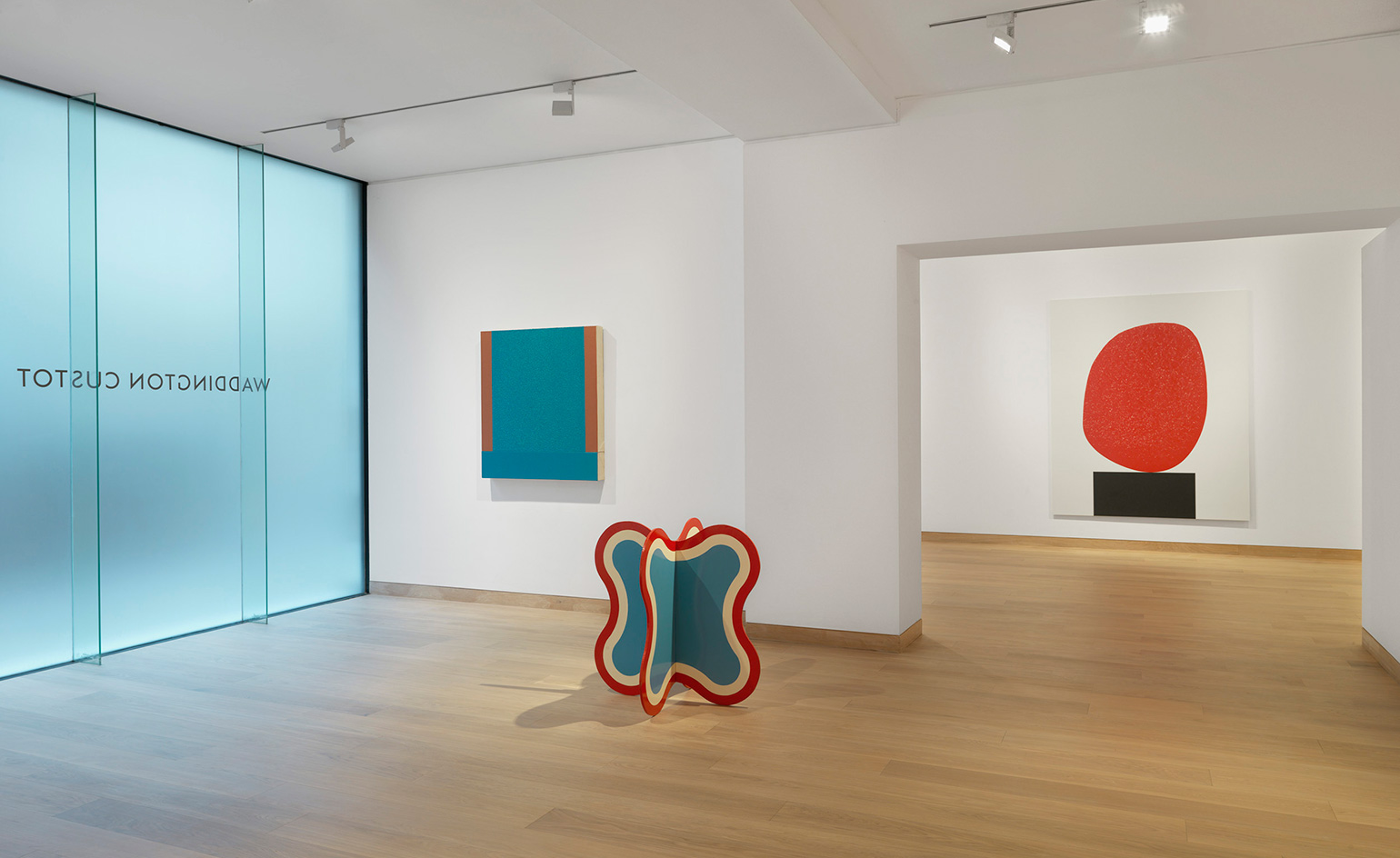
Blue Cell, by Peter Halley, 1999; Dubhe, by Paul Feeley, 1965; and Colour Chart 58, by David Batchelor, 2012
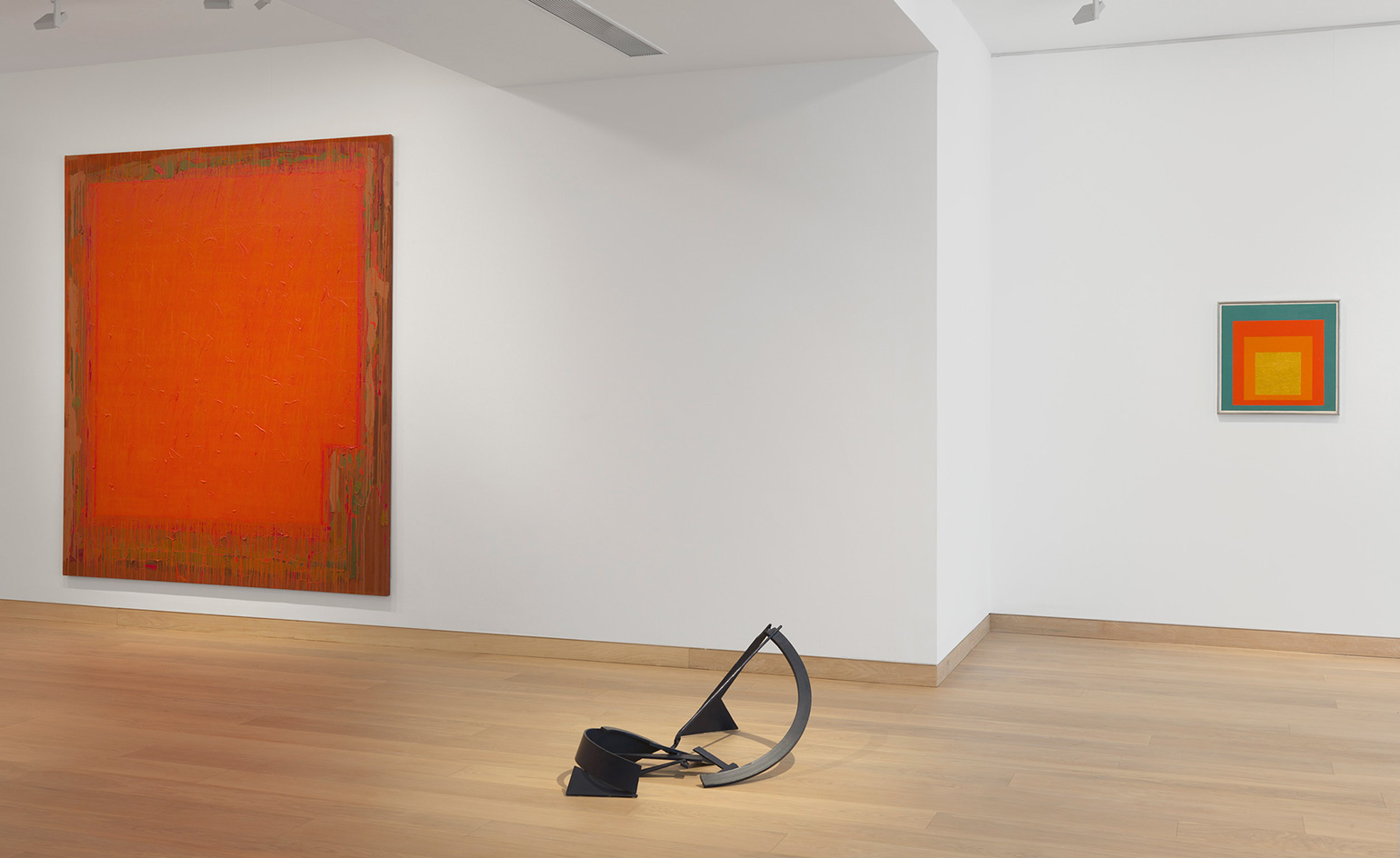
29.8.73, by John Hoyland, 1973; Floor Piece Hè, by Anthony Caro, 1972; and Study for Homage to the Square: “Persistent”, by Josef Albers, 1954–60
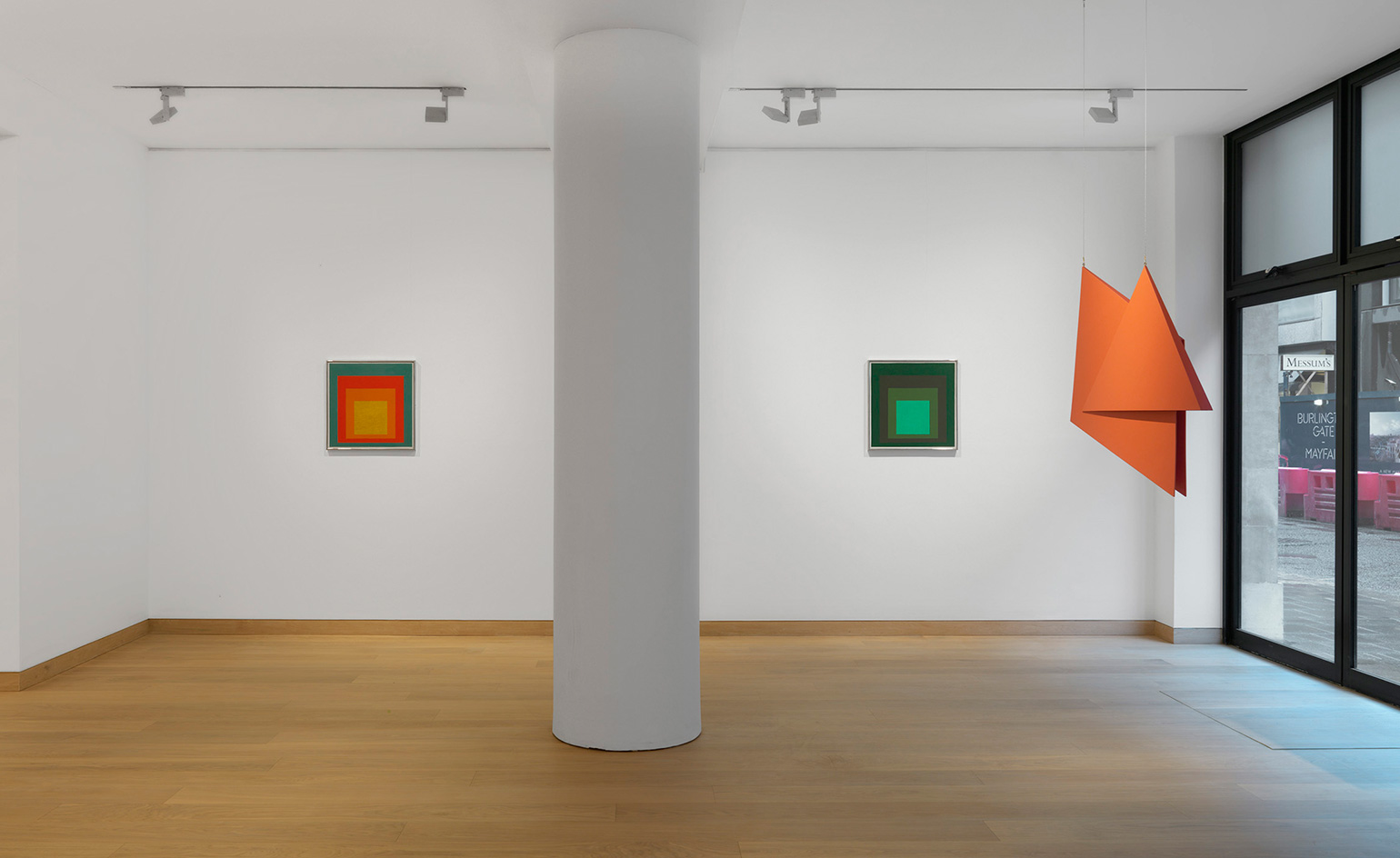
Study for Homage to the Square: “Persistent”, by Josef Albers, 1954–60; Study for Homage to the Square: “Cool Illumination”, by Josef Albers, 1964; and V6 Spatial Relief, Red, by Hélio Oiticica, 1959–1991
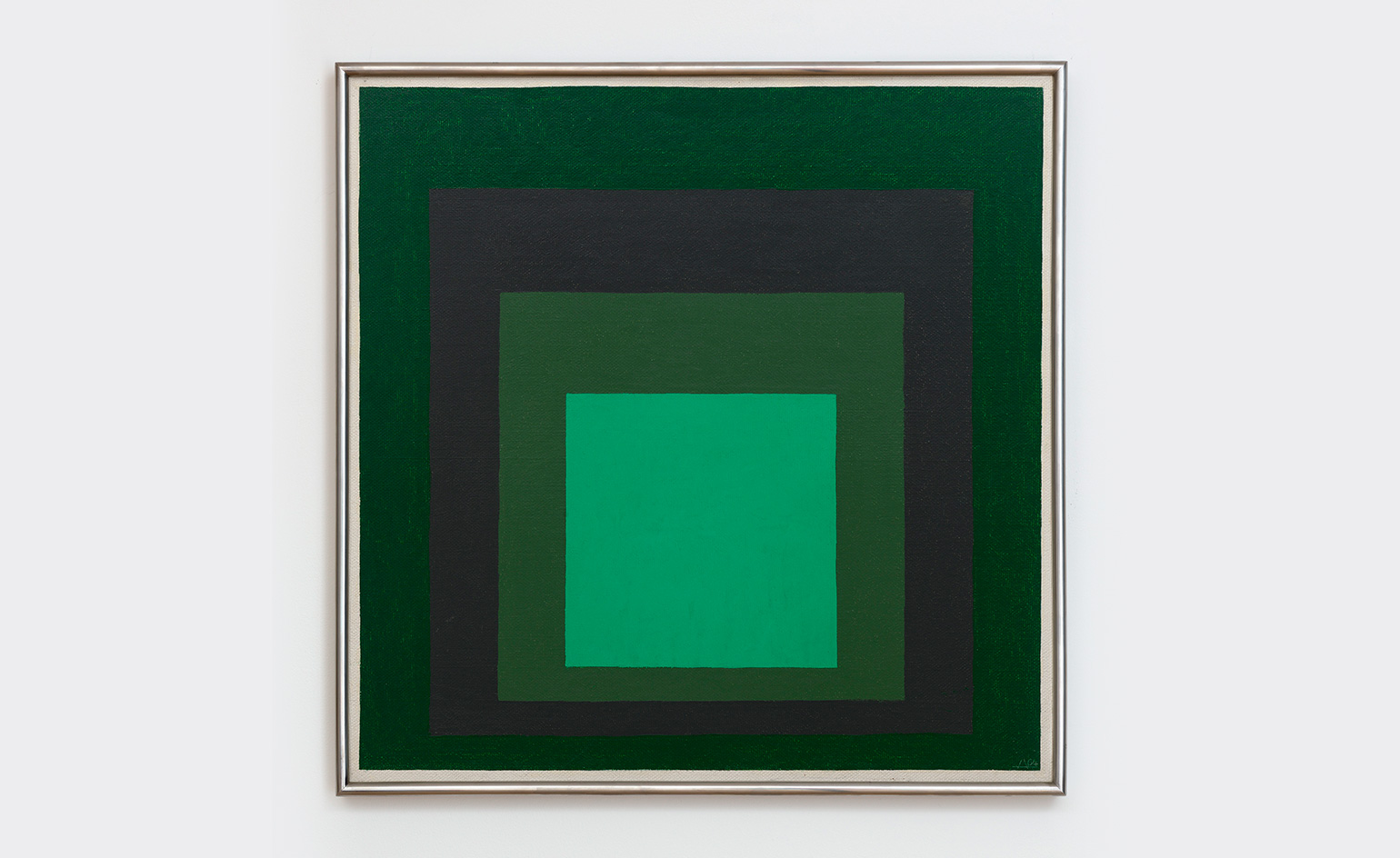
Study for Homage to the Square: “Cool Illumination”, by Josef Albers, 1964
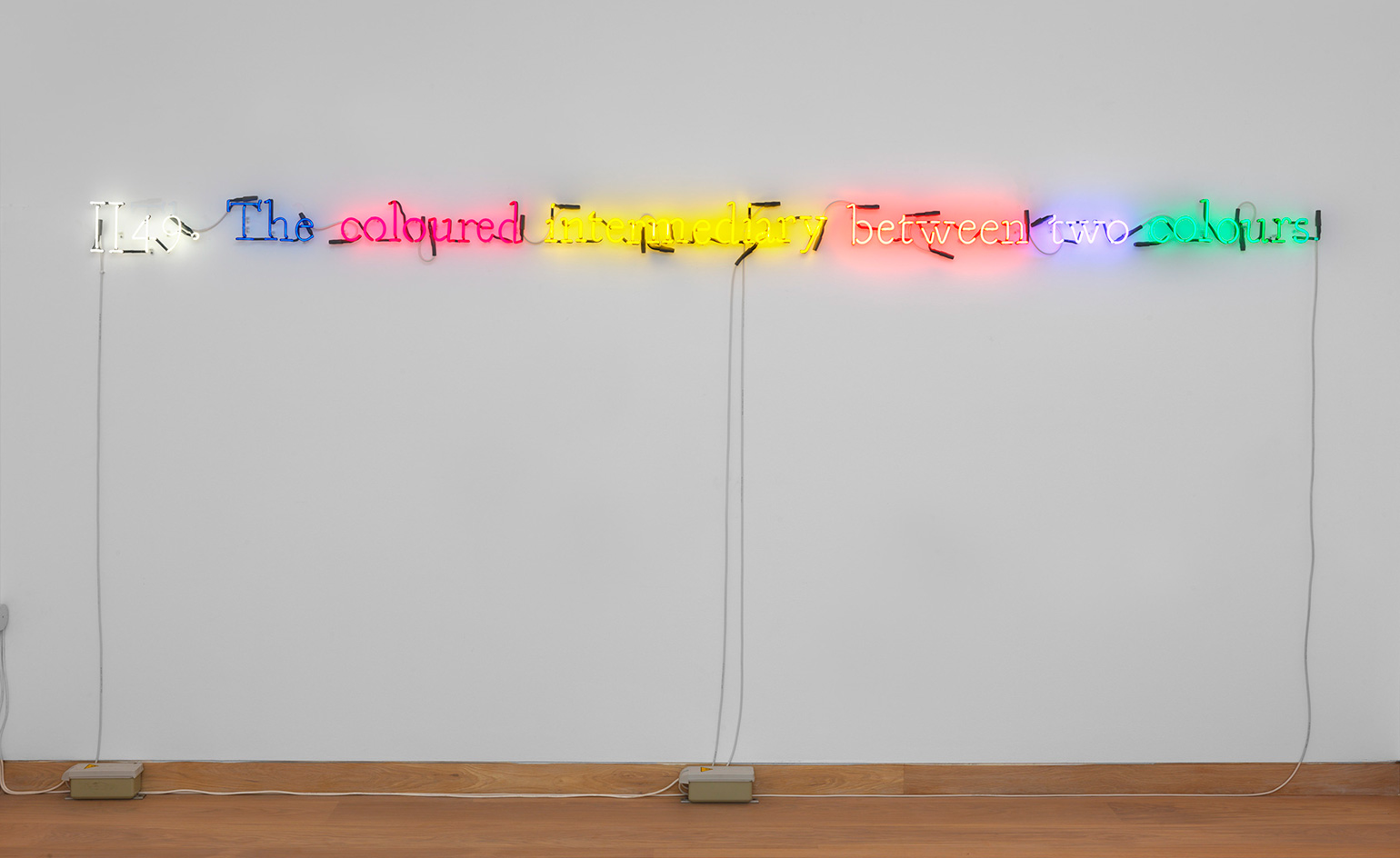
Il 49 (On Color / Multi #2), by Joseph Kosuth, 1991
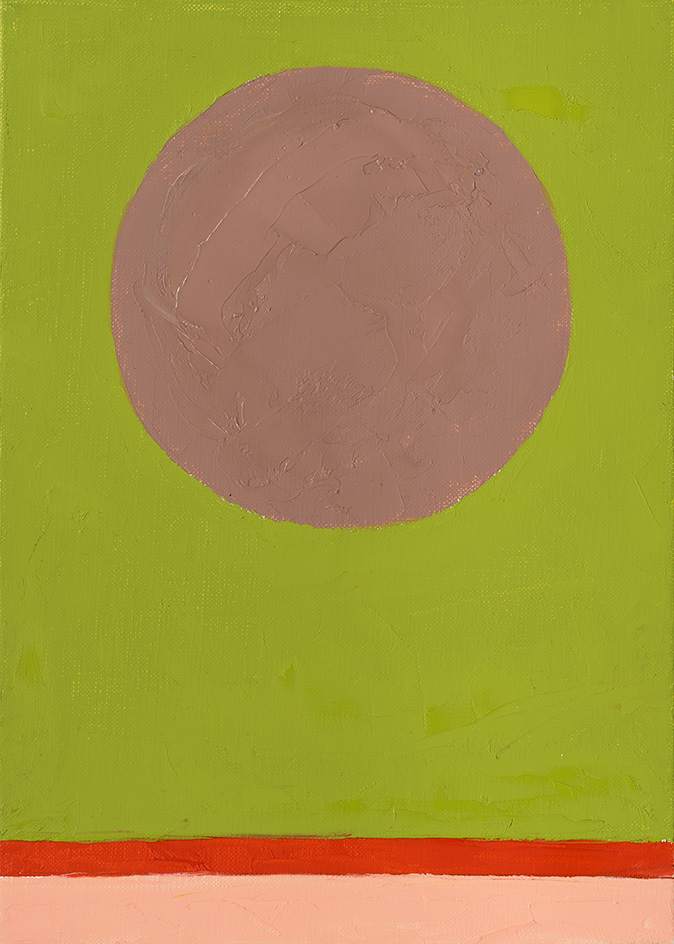
Le poids du monde 29, by Etel Adnan, 2017
INFORMATION
‘Colour is’ is on view until 22 April. For more information, visit the Waddington Custot website
ADDRESS
Receive our daily digest of inspiration, escapism and design stories from around the world direct to your inbox.
Waddington Custot
11 Cork Street
London W1S 3LT
Charlotte Jansen is a journalist and the author of two books on photography, Girl on Girl (2017) and Photography Now (2021). She is commissioning editor at Elephant magazine and has written on contemporary art and culture for The Guardian, the Financial Times, ELLE, the British Journal of Photography, Frieze and Artsy. Jansen is also presenter of Dior Talks podcast series, The Female Gaze.
-
 How ethical is Google Street View, asks Jon Rafman in Copenhagen
How ethical is Google Street View, asks Jon Rafman in CopenhagenIn 'Report a Concern - the Nine Eyes Archives' at Louisiana Museum of Art, Copenhagen, Jon Rafman considers technology's existential implications
-
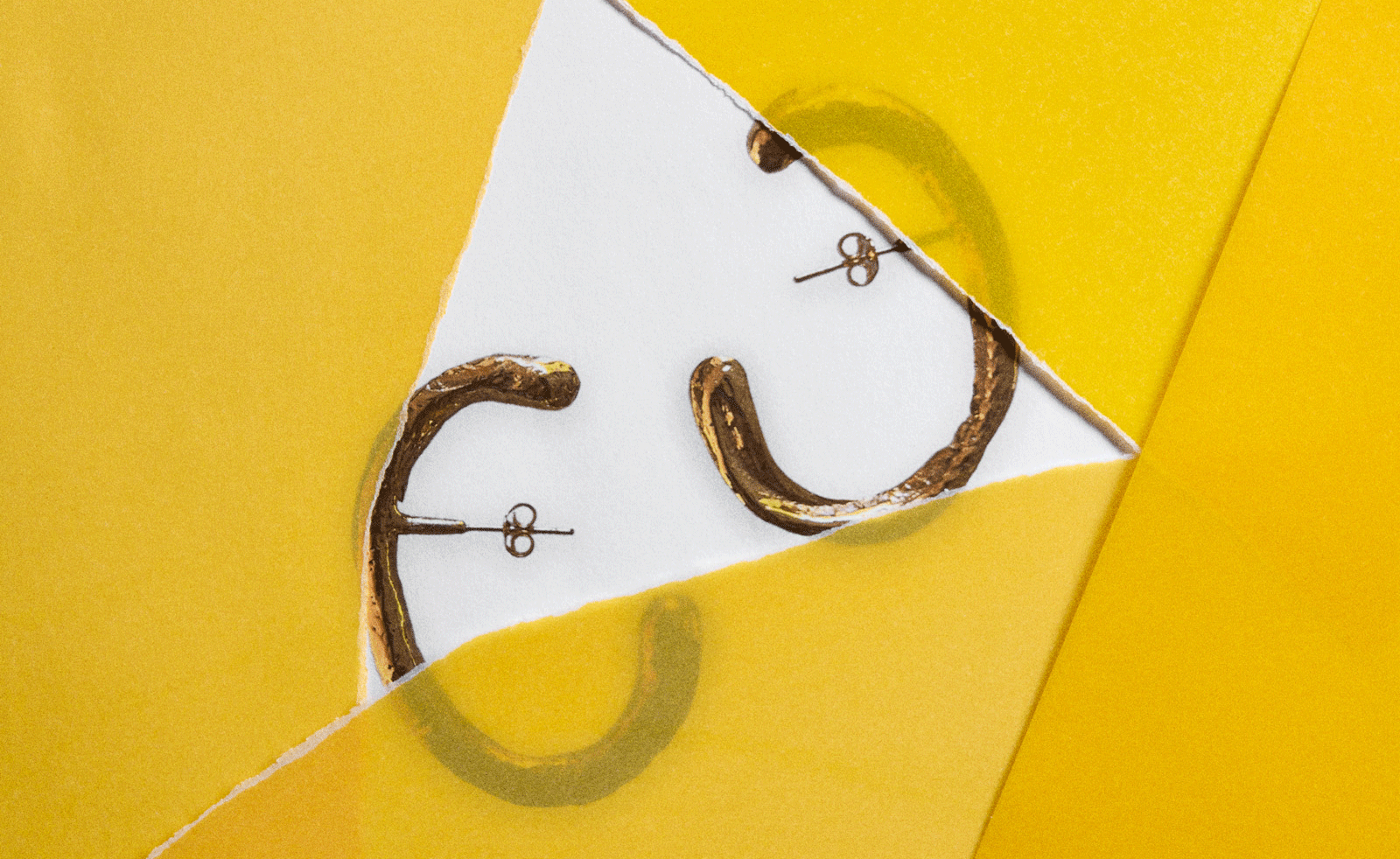 Next-generation jeweller Rosalie Carlier is one to watch
Next-generation jeweller Rosalie Carlier is one to watchThe young jewellery designer creates sensuous but bold pieces intended to ‘evoke emotion in the wearer’
-
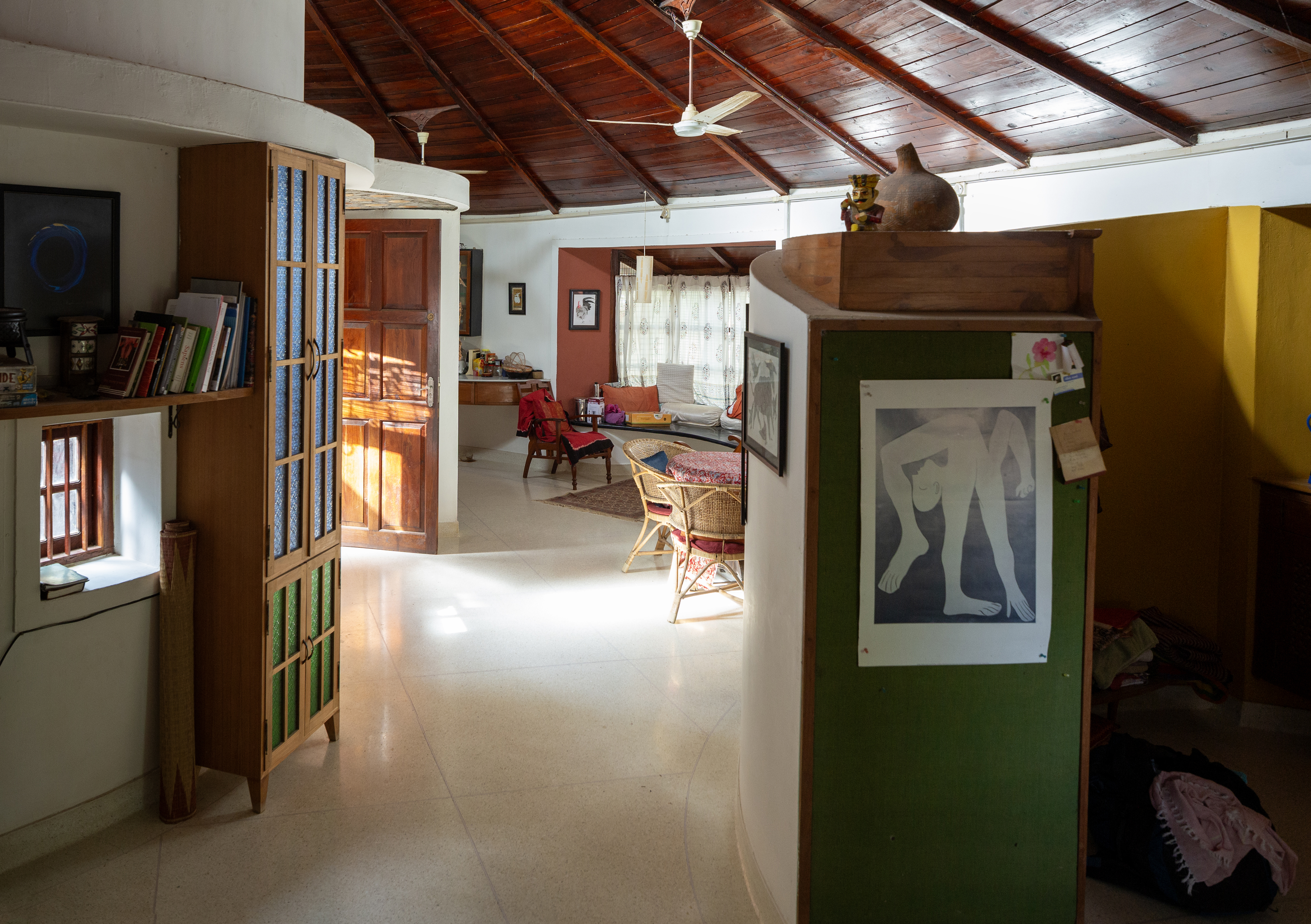 Inside a creative couple's magical, circular Indian home, 'like a fruit'
Inside a creative couple's magical, circular Indian home, 'like a fruit'We paid a visit to architect Sandeep Virmani and social activist Sushma Iyengar at their circular home in Bhuj, India; architect, writer and photographer Nipun Prabhakar tells the story
-
 Out of office: The Wallpaper* editors’ picks of the week
Out of office: The Wallpaper* editors’ picks of the weekFar from slowing down for the festive season, the Wallpaper* team is in full swing, hopping from events to openings this week. Sometimes work can feel like play – and we also had time for some festive cocktails and cinematic releases
-
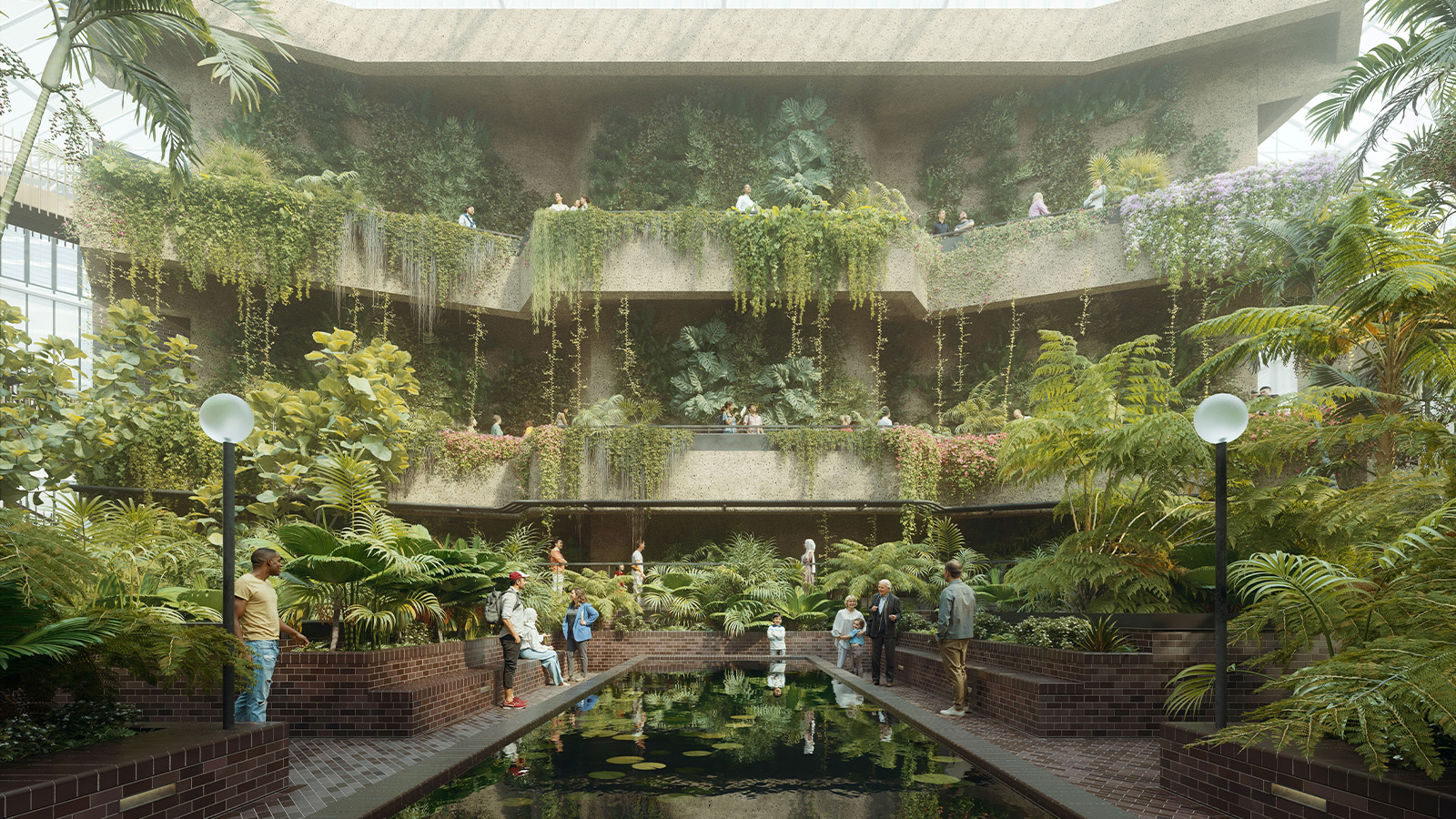 The Barbican is undergoing a huge revamp. Here’s what we know
The Barbican is undergoing a huge revamp. Here’s what we knowThe Barbican Centre is set to close in June 2028 for a year as part of a huge restoration plan to future-proof the brutalist Grade II-listed site
-
 Out of office: The Wallpaper* editors’ picks of the week
Out of office: The Wallpaper* editors’ picks of the weekIt’s wet, windy and wintry and, this week, the Wallpaper* team craved moments of escape. We found it in memories of the Mediterranean, flavours of Mexico, and immersions in the worlds of music and art
-
 Each mundane object tells a story at Pace’s tribute to the everyday
Each mundane object tells a story at Pace’s tribute to the everydayIn a group exhibition, ‘Monument to the Unimportant’, artists give the seemingly insignificant – from discarded clothes to weeds in cracks – a longer look
-
 Out of office: The Wallpaper* editors’ picks of the week
Out of office: The Wallpaper* editors’ picks of the weekThis week, the Wallpaper* team had its finger on the pulse of architecture, interiors and fashion – while also scooping the latest on the Radiohead reunion and London’s buzziest pizza
-
 Out of office: The Wallpaper* editors’ picks of the week
Out of office: The Wallpaper* editors’ picks of the weekIt’s been a week of escapism: daydreams of Ghana sparked by lively local projects, glimpses of Tokyo on nostalgic film rolls, and a charming foray into the heart of Christmas as the festive season kicks off in earnest
-
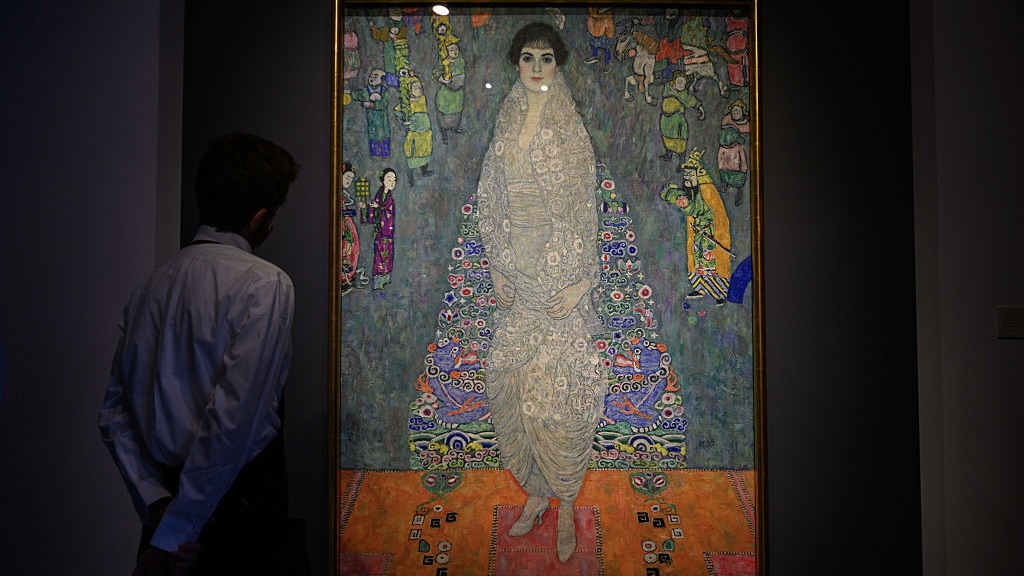 This Gustav Klimt painting just became the second most expensive artwork ever sold – it has an incredible backstory
This Gustav Klimt painting just became the second most expensive artwork ever sold – it has an incredible backstorySold by Sotheby’s for a staggering $236.4 million, ‘Portrait of Elisabeth Lederer’ survived Nazi looting and became the key to its subject’s survival
-
 Wes Anderson at the Design Museum celebrates an obsessive attention to detail
Wes Anderson at the Design Museum celebrates an obsessive attention to detail‘Wes Anderson: The Archives’ pays tribute to the American film director’s career – expect props and puppets aplenty in this comprehensive London retrospective